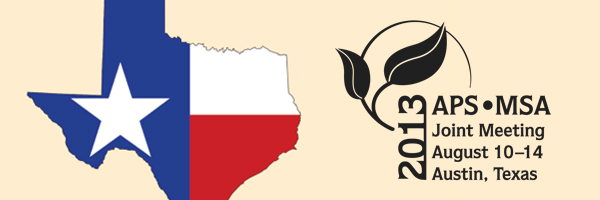APS Homepage
Back

Poster Session: Molecular Plant-Microbe Interactions - Fungi and Oomycetes
© 2013 by The American
Phytopathological Society. All rights reserved.
677-P
Gut-inhabiting yeasts from the gut of Australian passalid beetles.
H. URBINA (1), J. Bartlett (2), A. McTaggart (2), R. Shivas (3), M. Blackwell (1)
(1) Louisiana State University, Department of Biological Sciences, Baton Rouge, LA, U.S.A.; (2) Plant Biosecurity, Department of Agriculture, Fisheries and Forestry, Ecosciences Precinct, Dutton Park, Brisbane, Austria; (3) Plant Biosecurity, Department of Agriculture, Fisheries and Forestry, Ecosciences Precinct, Dutton Park, Brisbane, Australia
Passalidae (Polyphaga, Coleoptera) is a family of beetles with approximately 960 species that are distributed worldwide. Preliminary studies that characterized ascomycete and basidiomycete yeasts in the gut of these wood-eating beetles from the USA, Guatemala, and Thailand, demonstrated associations between certain yeast taxa and passalids. We extended the study to include yeasts and beetles from tropical forests near Cairns and Brisbane, Queensland, Australia. We isolated more than 1000 yeast strains from about 150 beetles belonging to 10 species. LSU and ITS rRNA markers were used to identify a subset of 250 yeast strains, which revealed that the gut of Australian passalids contained undescribed ascomycetes in the Debaryomyces, Dipodascus, Kazachstania, Ogataea, Scheffersomyces, Sugiyamaella, Spathaspora, Torulaspora, and Zygowilliopsis clades, as well as basidiomycetes in the genera Cryptococcus and Trichosporon. A close relative of Candida subhashii (Spathaspora clade) and the xylose-fermenting yeast Scheffersomyces stipitis were the most common species isolated in Queensland. These results agree with those of previous studies that showed a common association of xylose-fermenting yeasts in the gut of lignicolous insects. Species and higher taxa of yeasts, however, vary between Queensland passalids and those previously collected in distant regions.